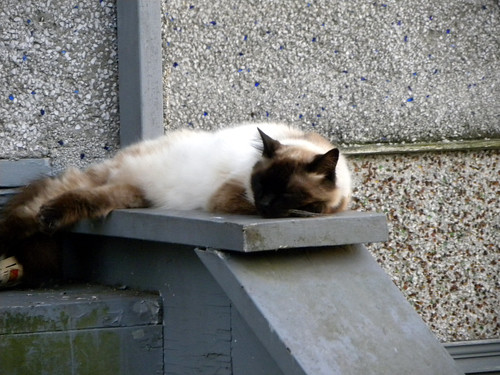One of my buddies from Cafe Calabria is gentleman from Turkey who’s in, as I tend to be, at 6:30 a.m. on the weekends. He’s an early riser and his family are a batch of sleep-ins, so he takes a book, has a coffee and whiles away a couple hours. One day he was reading OSMAN’S DREAM and I told him I’d started poking at the history of Istanbul–in an aimless, I-have-no-immediate-use-for-this-research fashion–but quickly found I wasn’t up to that particular book.
A few weeks ago, months after the original conversation, he gave me THE BRIDGE: A JOURNEY BETWEEN ORIENT AND OCCIDENT, by Geert Mak.
THE BRIDGE is a slender little account of life on the Galata Bridge, which spans the Golden Horn in Istanbul. It’s well worth image-searching it: it’s got a car deck and a retail level, is festooned with fishers (whom Mak describes eloquently) and despite being a functional block o’ concrete, manages to convey a little old-World charm. Mak spent some months hanging out with the fishers, the pickpockets, the marginal-stuff vendors of various types and backgrounds, chit-chatting about their politics, their home villages, and their hardships. The book is a documentary about these characters, a little snapshot of the place where Western-leaning Istanbul is connected to the more Eastern-influenced part of the city. It’s a much simpler book than OSMAN’S DREAM, which is a pile of this Caliph, and that Sultan, and then they invaded Mars! OK, not really.
I wasn’t grounded enough in the history, is what I’m saying, and my buddy, with impressive perspicacity, handed me something that’s much simpler, heavy on the atmosphere, and which still manages to convey a sense of an intricate multicultural society, with a capital city that has been full of diversity and compromises for centuries.














